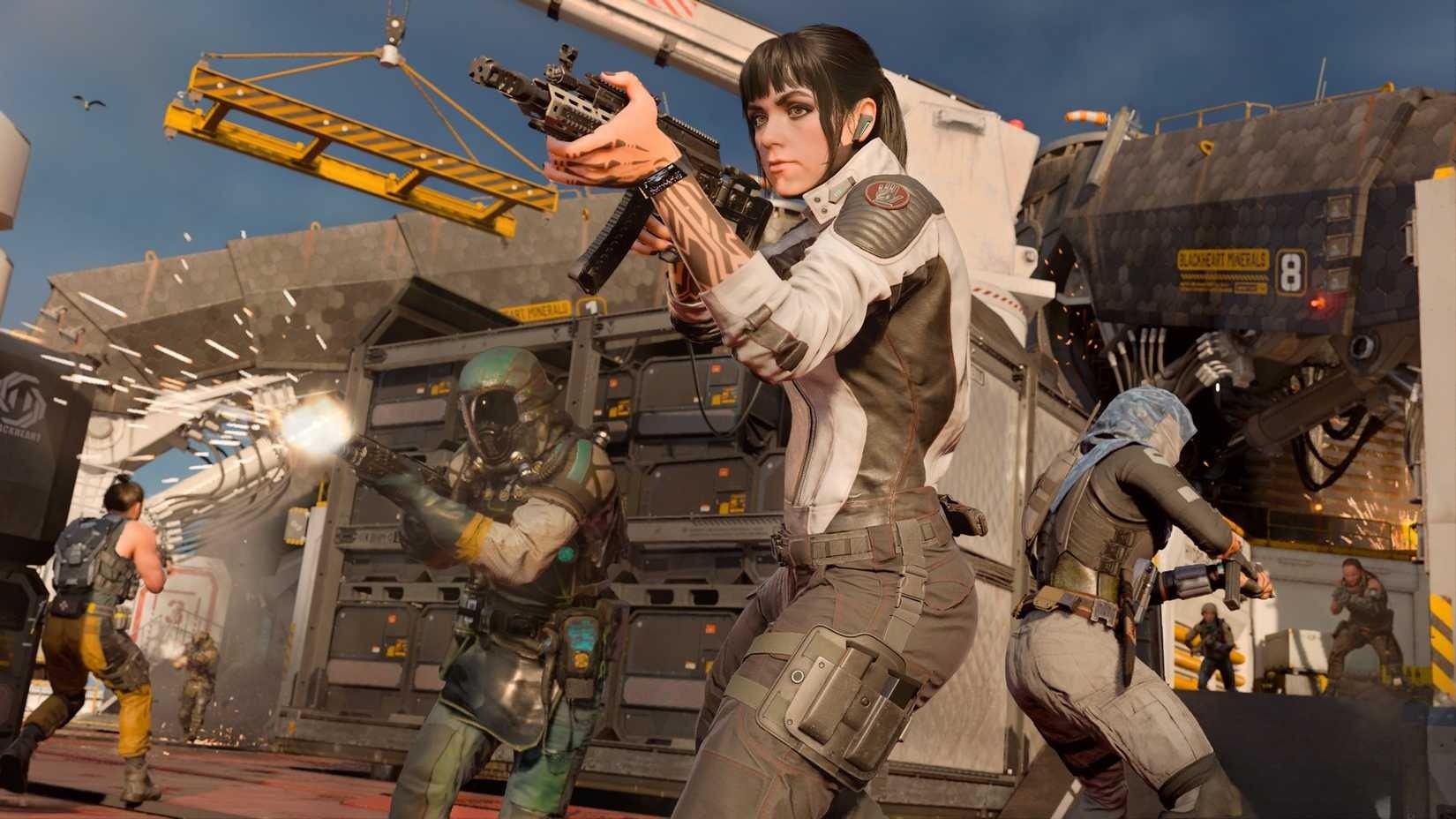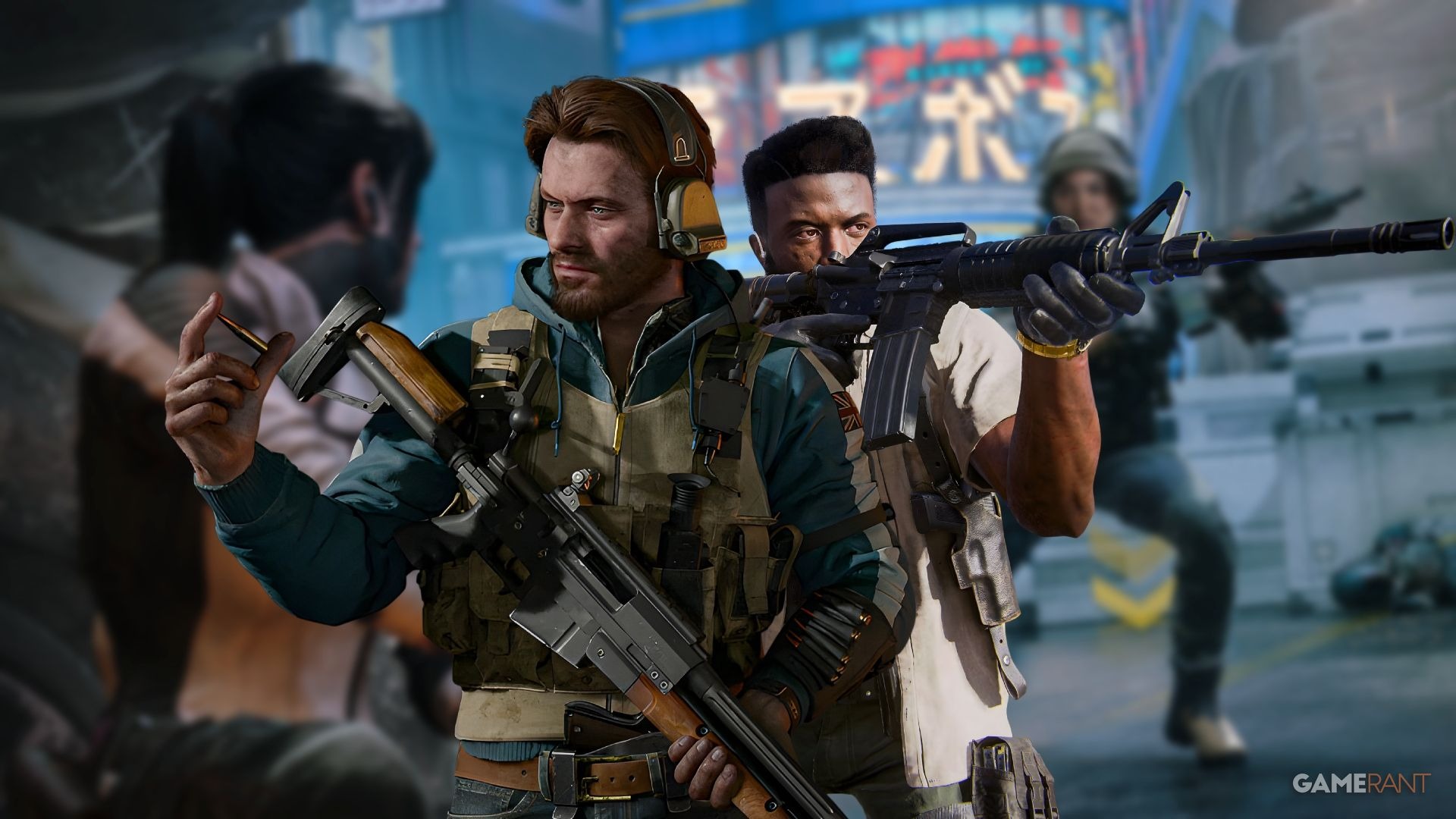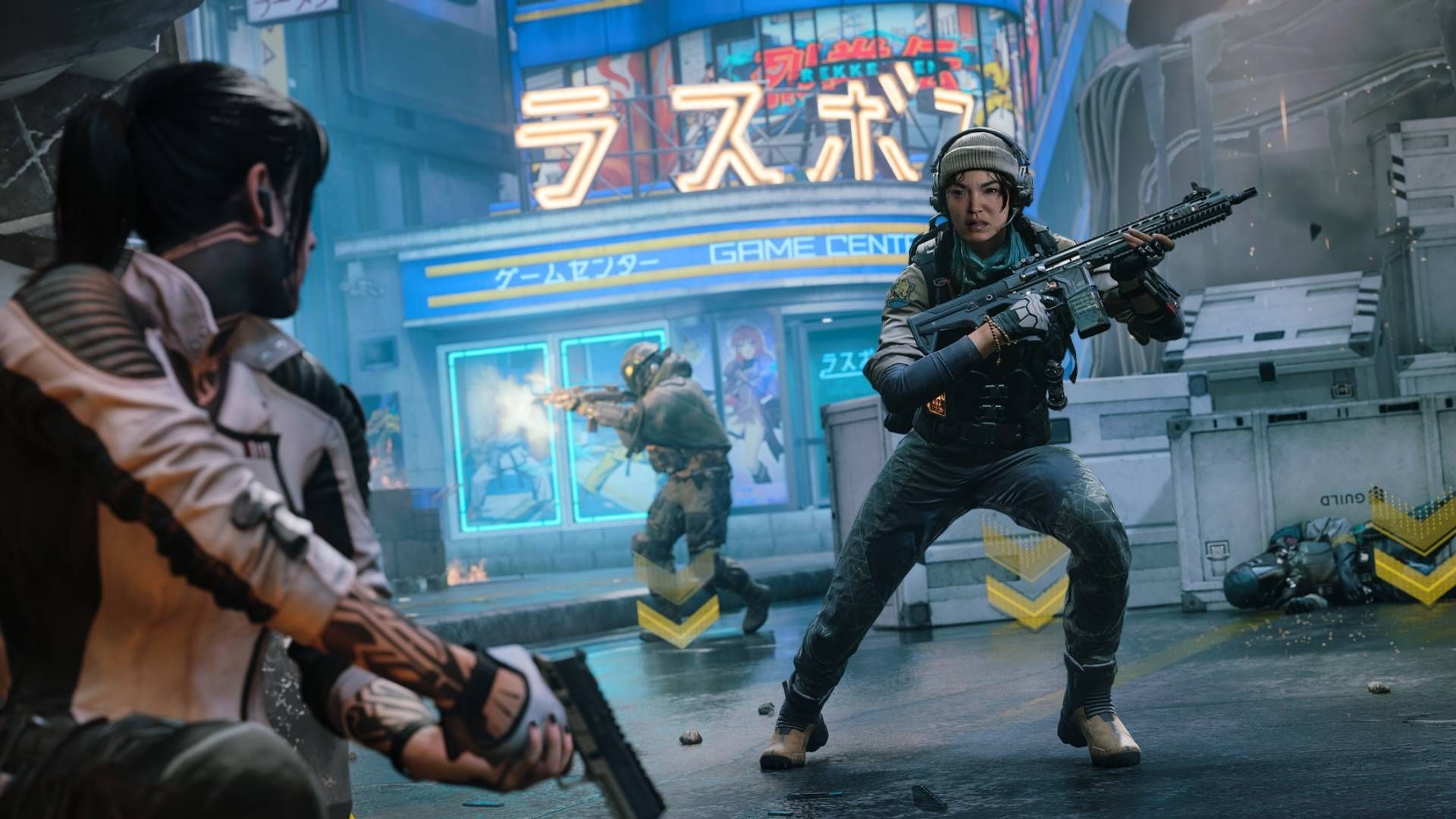Call of Duty: Black Ops 7 – A Map Design Renaissance Returns the Franchise to Core Excellence
Popular Now
 Among Us
Among Us
 Valorant
Valorant
 The Legend of Zelda
The Legend of Zelda
 Candy Crush Saga
Candy Crush Saga
 Minecraft
Minecraft
 Stumble Guys
Stumble Guys
 Poppy Playtime
Poppy Playtime
 Rust
Rust
 CarX Street
CarX Street
 Genshin Impact
Genshin Impact 
The highly-anticipated launch of Call of Duty: Black Ops 7 is poised to redefine the multiplayer experience, not just through its evolved Omnimovement system and near-future 2035 setting, but, crucially, through a return to a core design philosophy the franchise has arguably neglected. Treyarch, in an effort to combat the pervasive sense of “franchise fatigue” and deliver a truly memorable title, has made map design a cornerstone of their development, resulting in battlegrounds that feel fair, fun, and fundamentally impactful.
The developers have been explicit in their mission: to deliver a spiritual successor to the acclaimed Black Ops 2, leaning heavily into the classic, predictable, yet endlessly replayable three-lane map structure. This renewed commitment to clarity and balance signals a welcome shift for competitive and casual players alike who have craved a more structured, tactical experience.
 The New Philosophy: Fair, Fun, and Flanking Opportunities
The New Philosophy: Fair, Fun, and Flanking Opportunities
The primary design mandate for Black Ops 7 maps is captured in two simple words: “fair and fun.” This translates to a meticulous focus on symmetry and balance, ensuring that for every power position available to one team, a similar strategic counter-position exists for the opposing side. This design thinking is critical for maintaining high-stakes, skill-based gameplay, moving away from the more chaotic and asymmetrical layouts that have plagued recent installments.
The initial 18 multiplayer maps available at launch—a robust offering of 16 Core 6v6 maps and two larger 20v20 Skirmish maps—showcase a stunning variety of environments. From the high-tech solar array in the Australian Outback (Exposure) to the covert R&D center in Japan (The Forge) and the frozen, perilous Alaskan complex (Imprint), the map pool is diverse, visually rich, and deeply connected to the game’s overarching narrative, The Guild vs. The Faction.
Key Map Design Innovations:
- Symmetrical Three-Lane Core: The foundation of almost every map adheres to the classic three-lane layout, but now with clearer purpose and less dead space, promoting consistent flow and predictable engagements.
- Leveraging Omnimovement and Wall Jump: Maps are built with the new movement system in mind. Verticality is strategically introduced, allowing the Wall Jump ability to open up new, previously inaccessible flanking routes or grant short-lived, high-risk power positions. The map Forge, for instance, is designed to encourage these aggressive movement chains.
- Strategic Cover and Flow: The new maps introduce rotating cover elements and ample objects to use in gunfights, ensuring that players who don’t rely on the heightened movement system still have tactical depth. The objective in modes like Domination often sits in open, highly-contested areas, forcing teams to move dynamically and utilize cover effectively.
 A Nostalgic Gaze: Reimagined Classics for a Modern Era
A Nostalgic Gaze: Reimagined Classics for a Modern Era
In a powerful nod to veteran fans of the Black Ops sub-series, Treyarch is also launching with three fully remastered fan-favorite maps from Black Ops 2: Raid, Express, and Hijacked. These aren’t simply one-for-one ports; they have been meticulously reimagined with a next-level visual fidelity to fit the 2035 near-future setting, most now situated in scenic Japan. This integration of classic layouts ensures that the day-one experience blends fresh battlegrounds with proven, competitively balanced arenas.
The decision to bring back maps like Raid, often considered one of the greatest Call of Duty maps of all time for its pristine three-lane balance and excellent Hardpoint rotations, is a clear signal that the developers understand the community’s desire for quality, long-lasting map design over quantity of forgettable arenas. This blend of new and reimagined content provides a huge value proposition for the game’s price point.
Zombies and Warzone: Expansive World Design
The map design philosophy extends beyond core 6v6 Multiplayer into the franchise’s other core modes, Zombies and Warzone, which are known for demanding vast, intricate worlds.
Zombies: Ashes of the Damned
The new round-based Zombies map, Ashes of the Damned, is touted as the largest in Black Ops history. Drawing inspiration from the infamous Black Ops 2 map Tranzit, it moves away from a singular, isolated location to a sprawling, road-like figure-eight layout. Players will traverse separate chunks of map locations—such as Janus Towers Plaza and Vandorn Farm—all connected by dangerous, fog-covered roads in the Dark Aether. This massive map demands superior resource management and cooperative planning, elevating the signature PVE experience.
Warzone: Haven’s Hollow and Verdansk POIs
The new Warzone Resurgence map, Haven’s Hollow, offers a contrast to the high-density urban environments of the past. It’s a smaller, more rural riverside town with an antique Main Street, specifically tuned for the fast-paced, high-action Resurgence mode. Furthermore, the main Warzone map, Verdansk, sees an update with new Points of Interest (POIs) like the all-new Signal Station and a remastered Factory, ensuring that the battle royale experience remains fresh and strategically complex. This dedication to refreshing the Warzone experience is a key driver of player engagement and monetization potential.
Conclusion: A Focus on Foundation for Future Success
The early access beta impressions, including the critical reception of maps like Cortex and Exposure, suggest that Treyarch has successfully recalibrated their approach. The emphasis is back on maps that facilitate consistent flow, balanced engagements, and opportunities for strategic team play, all while cleverly integrating the new Omnimovement mechanics.
Black Ops 7’s map design is not a revolutionary break from the past, but rather a confident refinement and a potent return to the core principles that made the series a perennial blockbuster. For players looking to invest their money and time into a new Call of Duty title, this focus on foundational excellence in map design promises a high-quality, long-term gaming experience that could cement its place as one of the most successful AAA video game releases of the year.
The development team’s commitment to delivering a huge amount of quality content on release date, paired with the strategic use of high-mobility mechanics, provides the necessary depth to keep the competitive Call of Duty community engaged and the sales figures high. The question is no longer if the maps will be good, but how the community will master their intricate, three-lane designs. Pre-order demand reflects this renewed optimism, suggesting a successful global launch on November 14, 2025.








 The New Philosophy: Fair, Fun, and Flanking Opportunities
The New Philosophy: Fair, Fun, and Flanking Opportunities A Nostalgic Gaze: Reimagined Classics for a Modern Era
A Nostalgic Gaze: Reimagined Classics for a Modern Era